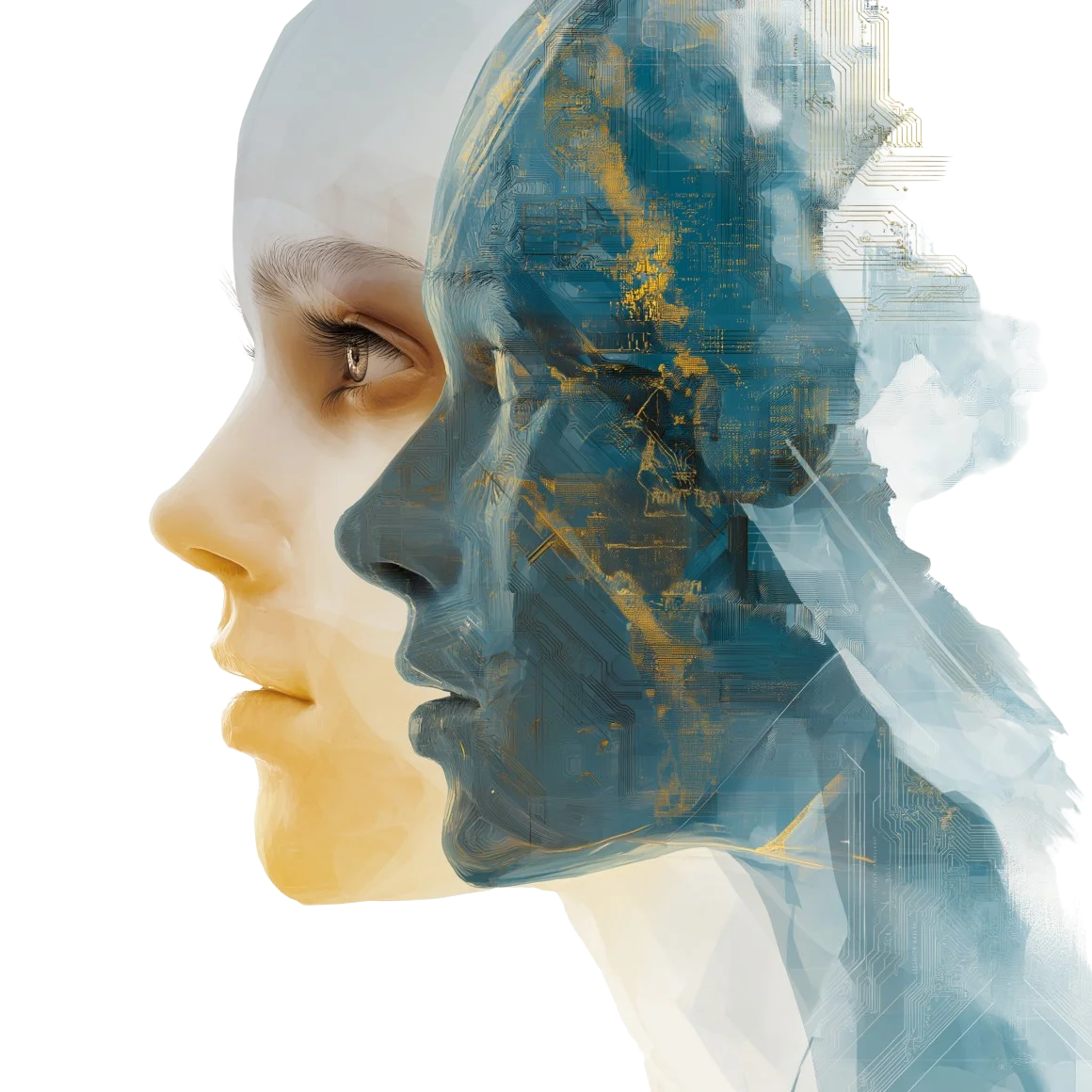". . Human vs Machine. Or Human with Machine . ."
Artificial Intelligence is reshaping cyber security but will it replace human expertise, or simply augment it?
The answer could define the future of how organisations defend themselves.
AI-powered security tools have made impressive strides.
According to Capgemini’s 2024 Cybersecurity Report, 69% of organisations now use AI-driven systems for threat detection and response. These tools excel at analysing enormous volumes of data in real time, spotting subtle anomalies and orchestrating swift counter measures that would overwhelm human teams.
Capabilities such as automated threat hunting, predictive analytics, and incident response orchestration allow CISOs to improve both speed and accuracy. AI can reduce the average time to detect breaches from 207 days to under 24 hours in some cases.
However, cyber security is a complex, nuanced field where human intuition, context, and ethical judgement remain essential.
AI cannot replace the strategic thinking, risk prioritisation, and leadership required during crises. Over reliance on automation may also introduce new vulnerabilities if AI systems misclassify threats or lack transparency.
The most resilient security programmes blend AI’s analytical power with human expertise - creating a partnership where machines handle volume and speed, while humans focus on judgement and strategy. CISOs must ensure AI tools are explainable, ethical, and aligned with business objectives.
As threats evolve, the balance of AI and human input will continually shift.
The leaders who embrace this hybrid approach will cultivate more agile, adaptive defences in an ever-changing landscape.
Questions to Consider
- Are your AI tools transparent and explainable enough to trust in critical decision-making?
- How do you balance automation with human oversight in your security operations?
- Is your security team prepared for the evolving role AI will play in cyber defence?



.jpg)


